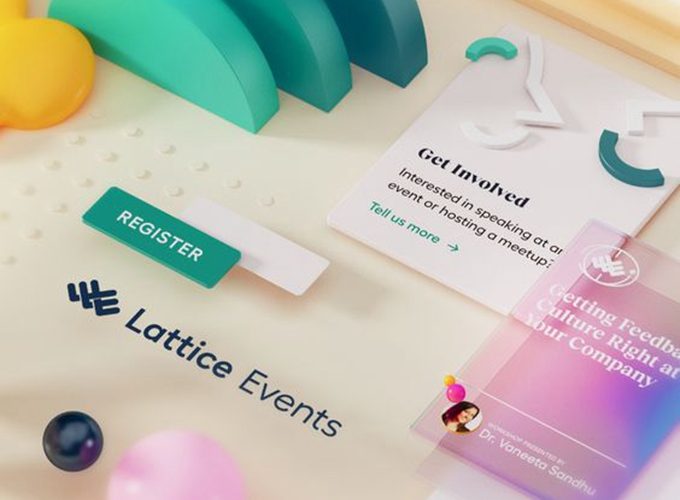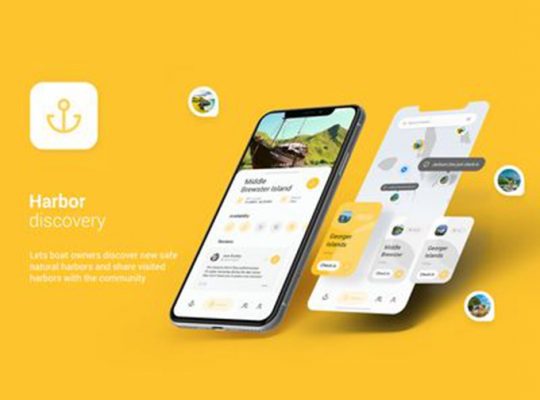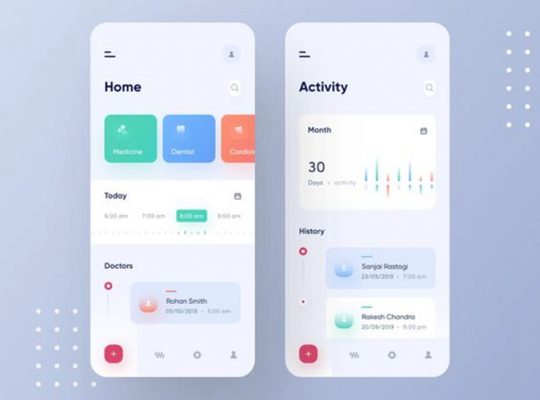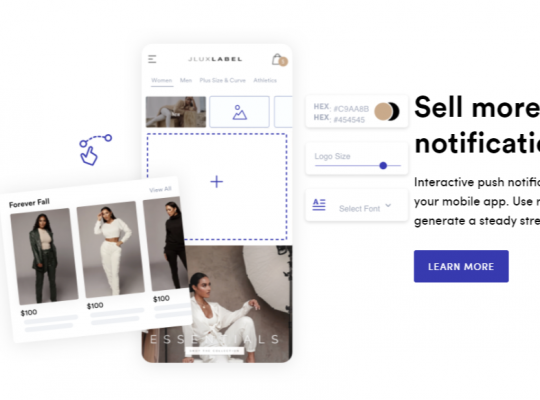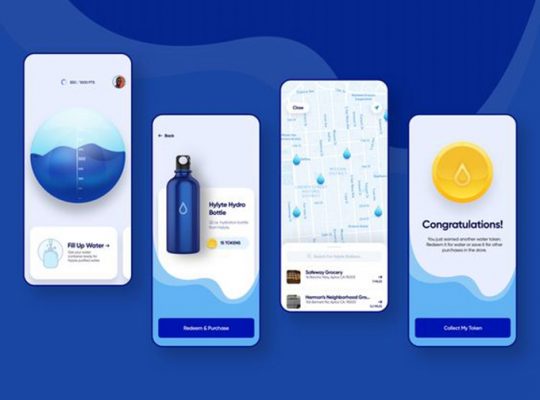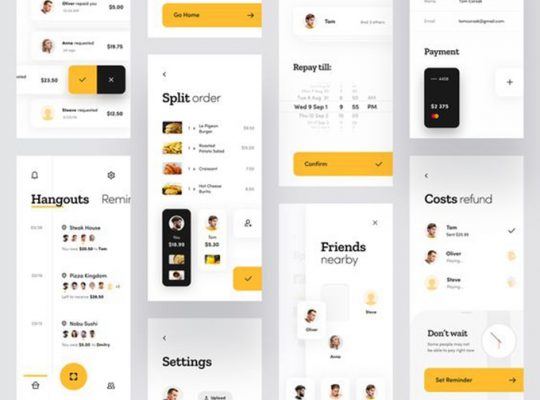Smartphones are the very first thing that involves thoughts when an individual wakes up within the morning, that is the type of reliability, we now have on smartphones. Then there may be the recognition of Android as an OS. Android functions are on the rise they usually have been the favored alternative of consumers. Two essential elements to an functions’s success are, UX and UI. UX stands for Person Expertise and UI stands for Person Interface. Software is pretty much as good as its UI that may ship wonderful UX.
Table of Content
- Android Application
- cheap android installs
- buy aso services
- app store ratings
74% of web site visitors believes in returning to it solely whether it is optimized for cell. In line with the survey by DCI, two-thirds of cell apps fail to hit the 1000 obtain mark within the preliminary 12 months after launch and 24% of customers abandon apps after the primary go to. This reveals the extent to which the optimization of functions for higher UI is essential.
The preliminary design course of is kind of essential to machine a UI that may optimize the general UX of customers and make functions mild, practical and simple on the attention. UI is an structure of software that may be described as a construction of code constructed to have client-user interplay for the system. If the interplay is seamless and clean, the UX degree is elevated, conserving the user-engagement to its highest.
So, allow us to discover 6 methods to optimize an software on Android for higher UI and in flip a greater UX.
1. Ripple Impact:
It’s an instantaneous visible affirmation to the consumer who makes a contact with the system by means of UI parts. At any time when the consumer clicks on a button, UI wants to offer a visible affirmation by means of consumer engagement. Responsive interplay encourages deeper exploration of an app by creating well timed, logical, and pleasant display screen reactions to the consumer enter, which ought to by no means be distracting to the consumer.
So with the discharge of the Android Lollipop model, Google launched the RIpple impact based mostly on materials design. although you need to use exterior libraries for the Ripple impact. We will get the Ripple impact in two other ways: one through the use of the RippleDrawables in programming class for Android or second is utilizing XML drawable in response to the change in state.
2. Theme Based mostly UI:
The Android platform gives a strong componentized mannequin for constructing your UI. These parts are based mostly on two parts – View and ViewGroup. These two courses have pre-built parts on Android for UI like layouts and widgets.
It’s thought of to be fruitful to stay with the platform based mostly parts to design your UI as it might combine different behaviors like Ripple and Shadow in case of Android.
And but should you really feel to customise your UI based mostly on your enterprise wants, you’ll be able to create your View subclasses or create subclass widgets or layouts and override its strategies. You’re in full management of your creation of View subclass with accuracy over the operate of display screen parts.
3. Elevator Property:
Elevation property in Materials Design is measured as the space between Materials surfaces that’s in non-technical phrases layers of pages and different display screen parts. The space from the one Materials floor to a different is measured alongside the z-axis in density-independent pixels and depicted through the use of shadows.
Elevation property can be utilized to optimize the UI by permitting the surfaces to maneuver in entrance of and behind different surfaces, like content material scrolling behind app bars. It may be used to outline the spatial relationships between buttons and its shadows. These spatial relationships and shadows outline buttons and pages format essential for the enterprise standpoint and that’s the reason companies rent programmers that may pay correct consideration to the best elevation like the looks of a dialog in entrance of different surfaces.
4. Merger Manifest:
Manifest file mergers are mandatory for the enhancement of UI and seamless UX by means of Gradle in Android that merges all of the manifest recordsdata in a single bundle. This helps the graceful operation of the system UI and help for numerous libraries which are merged within the bundle. XML attributes that you’ve outlined are used as merge preferences by the manifest merger software that mixes all of the XML parts from every file.
5. ViewStub:
Android gives tag for consumer interfaces that helps preserve the Sharing and reusing layouts very simply. As a result of , builders have a tendency to incorporate too many layouts that aren’t mandatory for the designing and for this Android gives a really particular widget referred to as ViewStub, which incorporates advantages of the with out polluting your consumer interface with not often used views.
6. Textual content SizeDP and SP:
DP is a digital pixel unit that it is best to use when defining UI format, to specific format dimensions or place in a density-independent technique. The density-independent pixel is equal to at least one bodily pixel on a 160 dpi display screen, which is the baseline density. DP items must be used when an software UI is outlined, to make sure correct show of your UI on screens with totally different densities.
SP is much like DP in any sense and is scaled for a consumer’s font measurement choice. It’s used for specifying font sizes for UI in order that Customers can set font measurement for each display screen density and consumer choice.
Conclusion:
Although there are lots of different instruments like CTAs(Name To Motion), Buttons and checklist views that may improve your UI efficiency and optimize the appliance for a greater UX. Above talked about methods are probably the most basic of instruments for a UI developer to depend on and optimize the appliance design for higher UI and supply enhanced UX.
